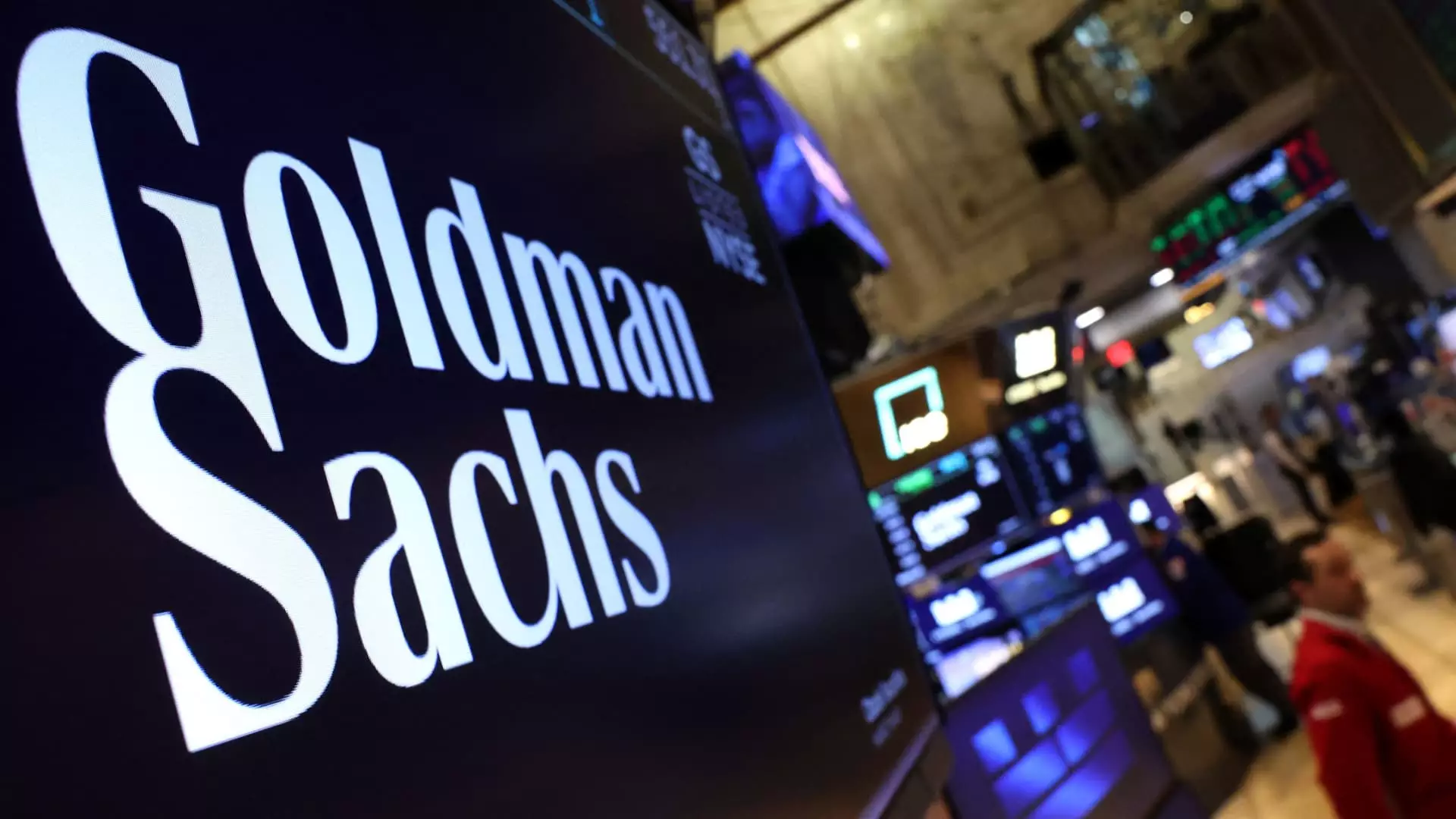The recent announcement by Goldman Sachs and Bank of New York Mellon to digitize money market funds signals a bold, ostensibly innovative leap into the future of finance. At first glance, this move appears to be an ingenious step toward efficiency and modernization, but a closer inspection exposes its underlying risks and questionable motives. While the promise of faster transactions, continuous trading, and streamlined collateral management may seem appealing, it ultimately masks a fundamental shift that could destabilize established financial stability and transparency. This bold push for a “digital revolution” seems less a calculated evolution and more an ambitious gamble with dangerous implications, especially when the core goal appears to be capturing profits and market share rather than safeguarding investors or the broader economy.
Tokenization: A Mirage of Progress
Tokenizing money market funds—those short-term, low-risk securities like Treasuries and commercial paper—sounds promising on paper. It envisions a world where transactions are instantly settled, and assets are freely exchanged across borders without the friction of traditional banking systems. But beneath this veneer lies a risky presumption: that digital certificates secured on blockchain platforms inherently ensure trust and stability. In reality, the technology and legal frameworks required to support these assets are still in their infancy. The notion that such digitized assets can seamlessly replace traditional cash or even be used as collateral neglects the crucial aspects of regulation, oversight, and the potential for cyber vulnerabilities, which remain largely unaddressed.
Furthermore, the idea that these funds can be continuously traded round-the-clock ignores the regulatory and operational complexities involved. Markets are inherently cyclical and sensitive to macroeconomic shifts—factors that never sleep. Transitioning to an always-on, digital environment might amplify volatility and reduce the control authorities have over systemic risks. This sort of unchecked experimentation—a hallmark of open-ended financial innovation—could leave institutions exposed to losses and investors to surprises that they cannot comprehend or mitigate in time.
Illusions of Efficiency and the Power Struggle
Much of the hype around tokenized assets revolves around efficiency and liquidity. Goldman Sachs and BNY Mellon projecting that their new platform will dramatically cut settlement times and reduce operational frictions is optimistic to the point of naivety. The reality is, the infrastructure for such a transformation is not yet mature. Both banks are selectively promoting the advantages while downplaying the potential for operational failures, cyberattacks, or regulatory crackdowns that could cripple such systems.
Additionally, there is an underlying power struggle at play. These giant financial institutions stand to benefit significantly—gaining a strategic edge and control over a crucial segment of the global cash management ecosystem. They aim to lock in more assets under their digital control, effectively solidifying their dominance while implementing a new veneer of technological innovation. This centralization of digital assets, while presented as democratizing or democratization of markets, might actually deepen the concentration of power and reduce transparency, especially for smaller players and retail investors.
The move also subtly shifts the role of money and cash-like assets from being purely financial tools to commodities of control and leverage. Institutional players, with their ability to transfer these tokenized assets without liquidation, could manipulate collateral or margin requirements at will, creating a precarious environment. The long-term consequences of this digital cash manipulation are hardly explored—yet their potential to stir systemic instability is undeniable.
A Dangerous Forward Leap
At the core, the push towards tokenized money market funds exemplifies the dangerous allure of technological ‘progress.’ It promises a future where transactions are faster, cheaper, and more integrated, but this trajectory bypasses essential questions about oversight, stability, and fairness. Real-world financial systems are built on trust, transparency, and regulation—all of which are compromised when the focus shifts primarily to technological supremacy.
Instead of addressing the foundational issues—such as market volatility, cyber risk, and the need for robust legal frameworks—these institutions are channeling their resources into an experimental playground of digital assets. This pursuit risks turning what should be conservative, fundamental financial instruments into speculative gambles, all under the guise of innovation. If history has shown us anything, unchecked technological advancement in finance without sufficient controls can accelerate crises rather than prevent them.
In the final analysis, this move towards tokenized money market funds reveals more about the industry’s desire for control and profit than genuine progress. It hints at a future where traditional safeguards are replaced by digital shortcuts, with the ultimate goal being a new form of financial dominance disguised as modernization. Whether this gamble will stabilize or destabilize the financial world hinges on how carefully regulators and market participants scrutinize these developments—and whether they prioritize stability over superficial innovation.

